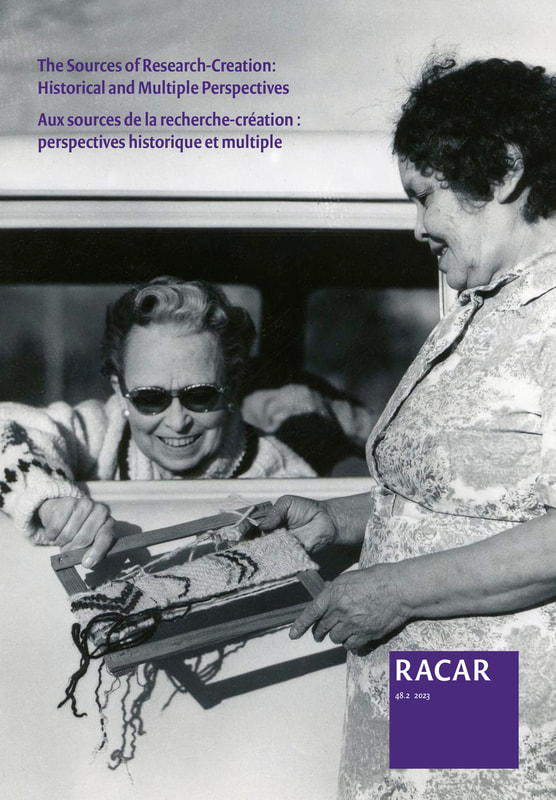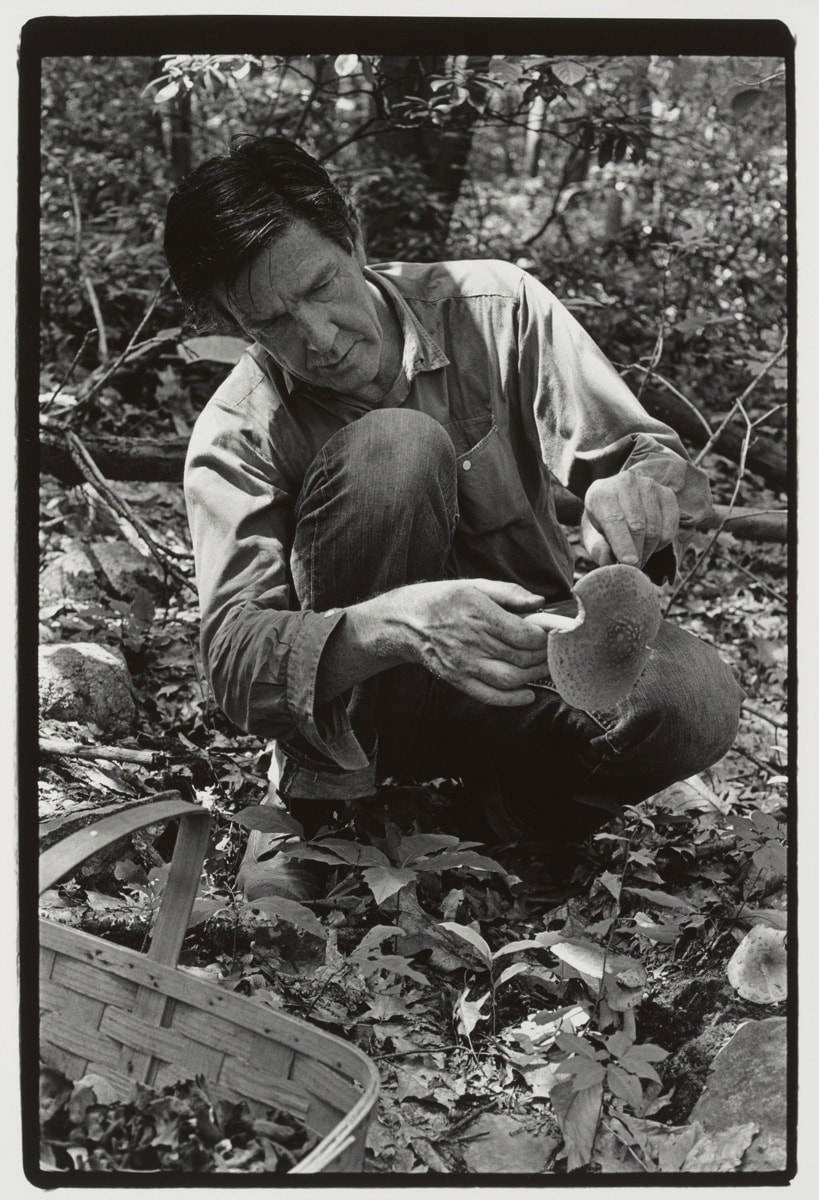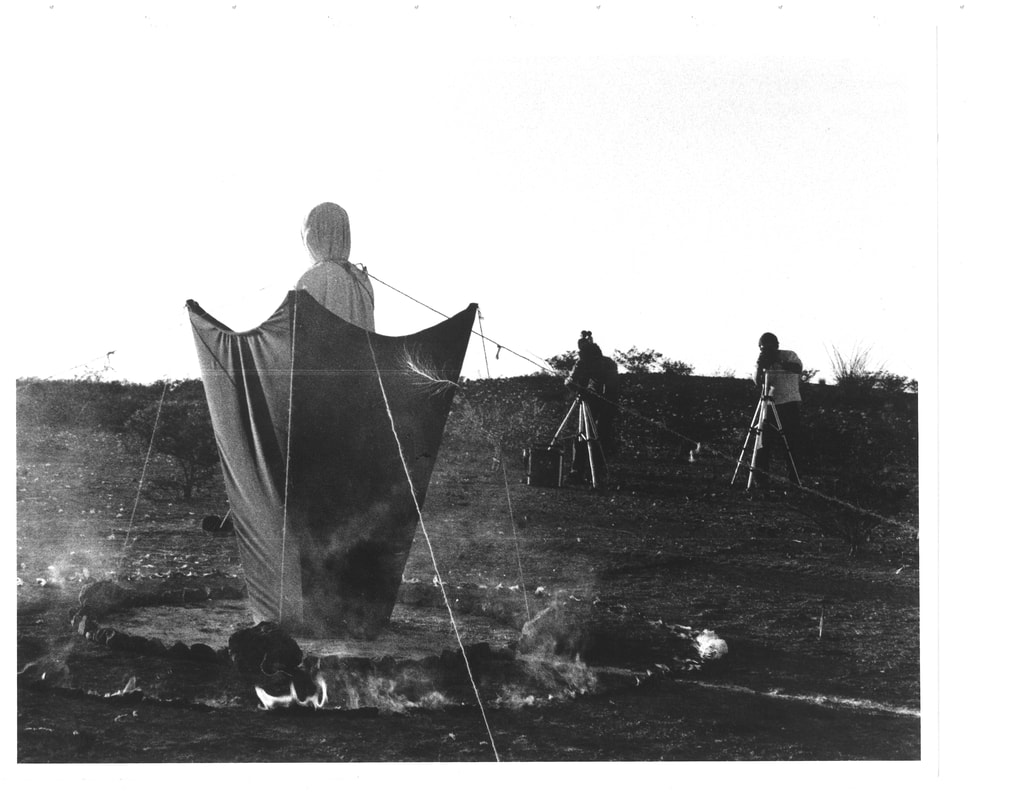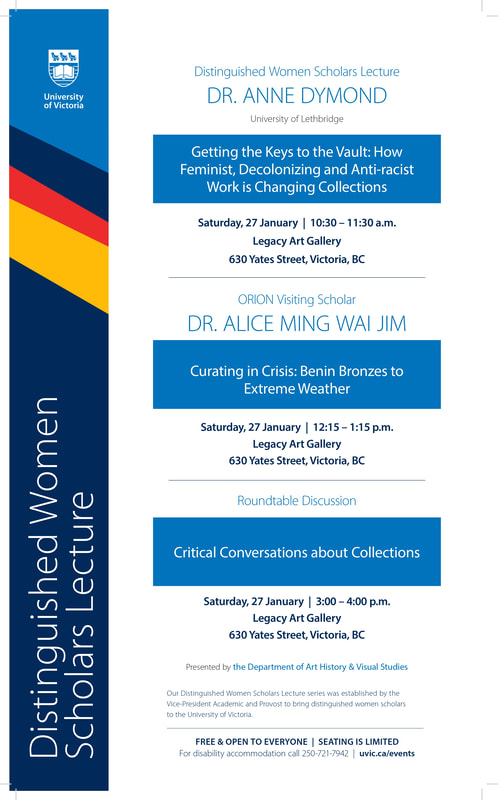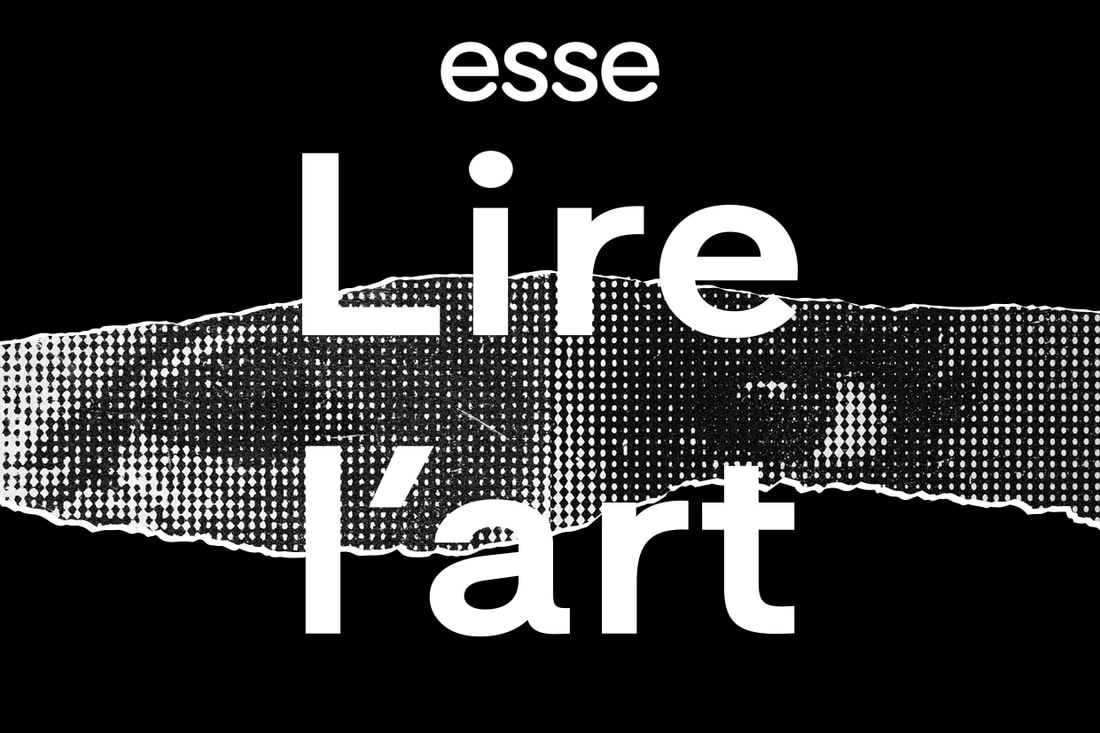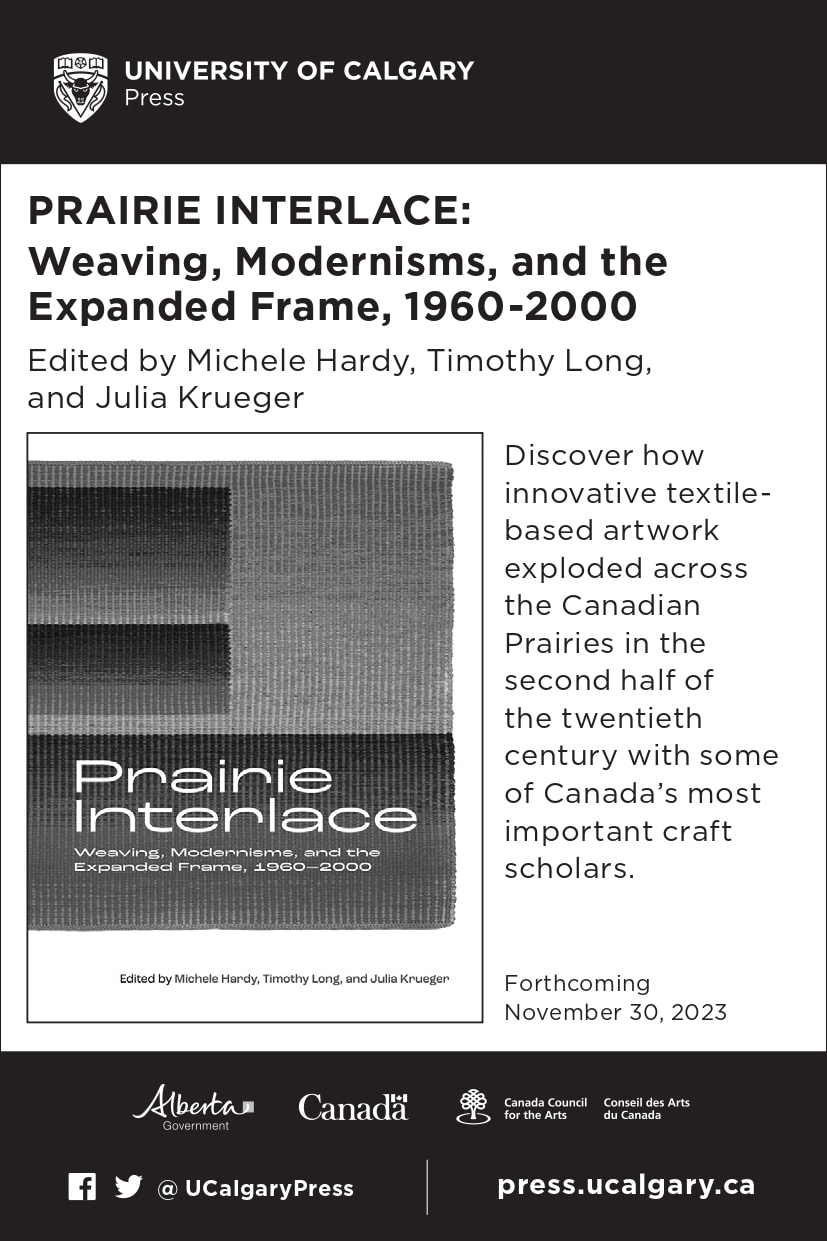Visit our new online home, part of the redesigned UAAC/AAUC website!
This site (www.racar-racar.com) will continue to be maintained for archival purposes.
This site (www.racar-racar.com) will continue to be maintained for archival purposes.
|
Cover: Adeline Lorenzetto (standing) sharing her weaving experimentation with Sara Wells. Original black-and-white photograph stamped “Feb 64.” Photo: Courtesy of the Chilliwack Museum and Archives.
|
Current Issue
48, no. 2 (Fall 2023) The Sources of Research-Creation: Historical and Multiple Perspectives Guest editors: Isabelle Pichet & Cynthia Hammond Editors' Note Isabelle Pichet & Cynthia Hammond | Introduction Articles Tara Allen-Flanagan | “Photographs of Lightning”: The Intersection of Research and Creation in Leo Daft’s Photographs of Electric Sparks Alison Ariss | Journeys, Merged Objects, and Public Art: Situating Practices of Salish Weaving as Research-Creation Marco Deyasi | How to Use Colonial Discourse Against Colonialism: Strategies of Research-Creation in French Symbolist Art, ca. 1890 |
|
Chantal Lapeyre | Lettres sur la danse et sur les ballets, de Jean-Georges Noverre : Un plaidoyer pour la « recherche-création » au XVIIIè siècle ?
Virginie LaSalle | D’une pratique incarnée de l’espace architecturé à une dynamique de l’intériorité : autour de l’ingénierie domestique et d’une féminisation de l’emprise sur l’espace domestique Treva Michelle Legassie | From John Cage to the Outdoor School: Activating the “Minor” through Mycological Forays Édith-Anne Pageot | Trouble dans le positivisme, la création en tant que recherche : le cas de La zona del silencio Interviews Branka Kopecki | Un croisement de regards Practices Saskia Hanselaar, Louise Hervé et Clovis Maillet | Les Dormeuses et les Méditateurs de l’Antique : (se) penser et performer autour de 1800 |
William Gedney, John Cage, 1967. Photograph, 28 . 35.5 cm. William Gedney Photographs and Papers, David M. Rubenstein Rare Book & Manuscript Library. Photo: Duke University.
|
|
Francisco García Pérez, La zona del silencio, performance, Mexico, 1984-85. Left-right: Francisco García Pérez, Benjamin Medel (videographer), Carlos Majul (photographer). Photo: Richard Martel.
|
Reviews
Marjorie Charbonneau | Susanna Caviglia, History, Painting, and the Seriousness of Pleasure in the Age of Louis XV Madeline Collins | Julie Crooks, Dominique Fontaine, Silvia Forni, eds., Making History: Visual Arts & Blackness in Canada Anne Dymond | Diana Nemiroff, Women at the Helm: How Jean Sutherland Boggs, Hsio-yen Shih, and Shirley L. Thomson Changed the National Gallery of Canada Laura Ryan | Stephanie Springgay, Feltness: Research-Creation, Socially Engaged Art, and Affective Pedagogies Migueltzinta Solis | Dana Claxton and Ezra Winton, eds., Indigenous Media Arts in Canada: Making, Caring, Sharing |
WE THANK:


